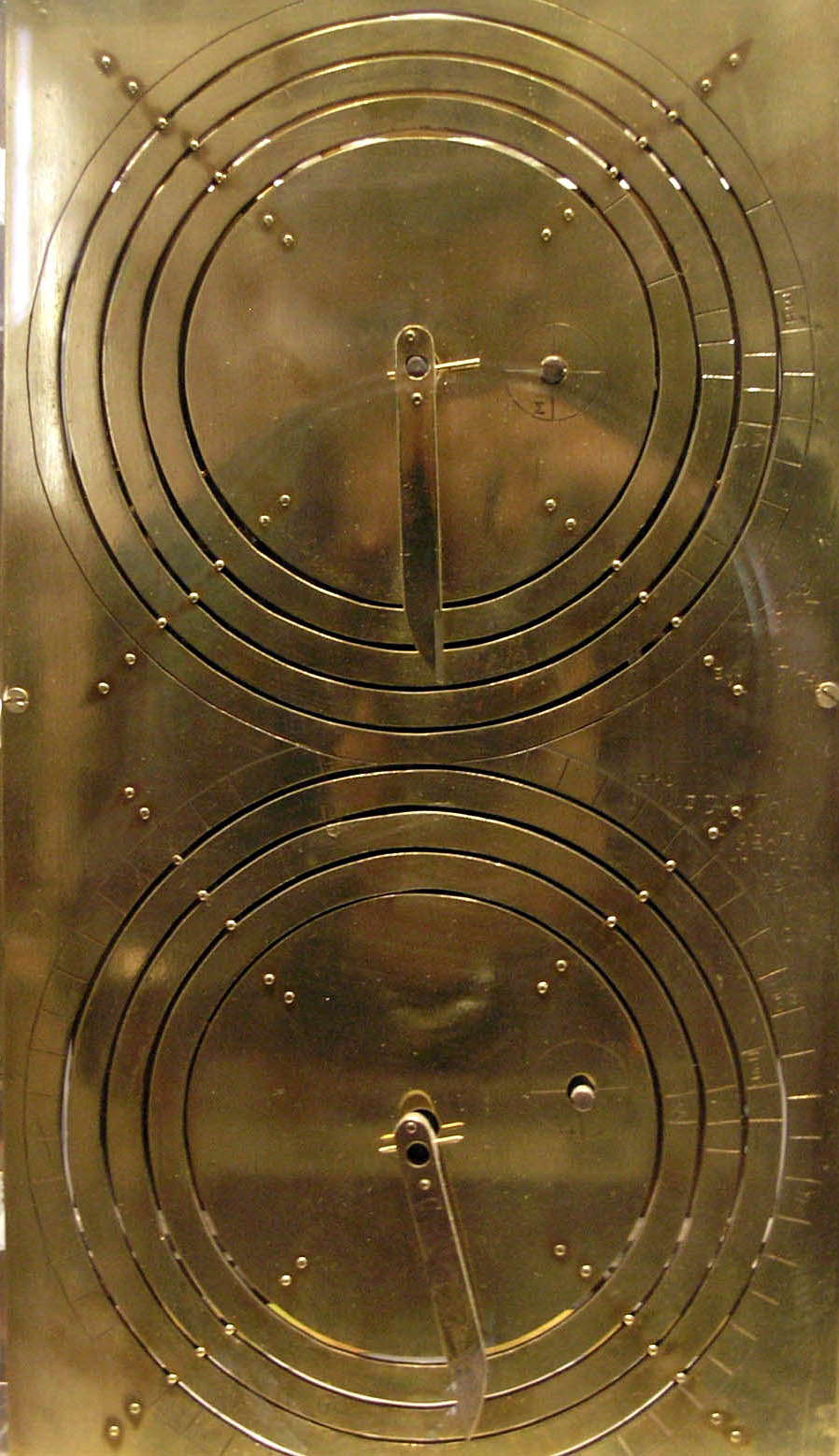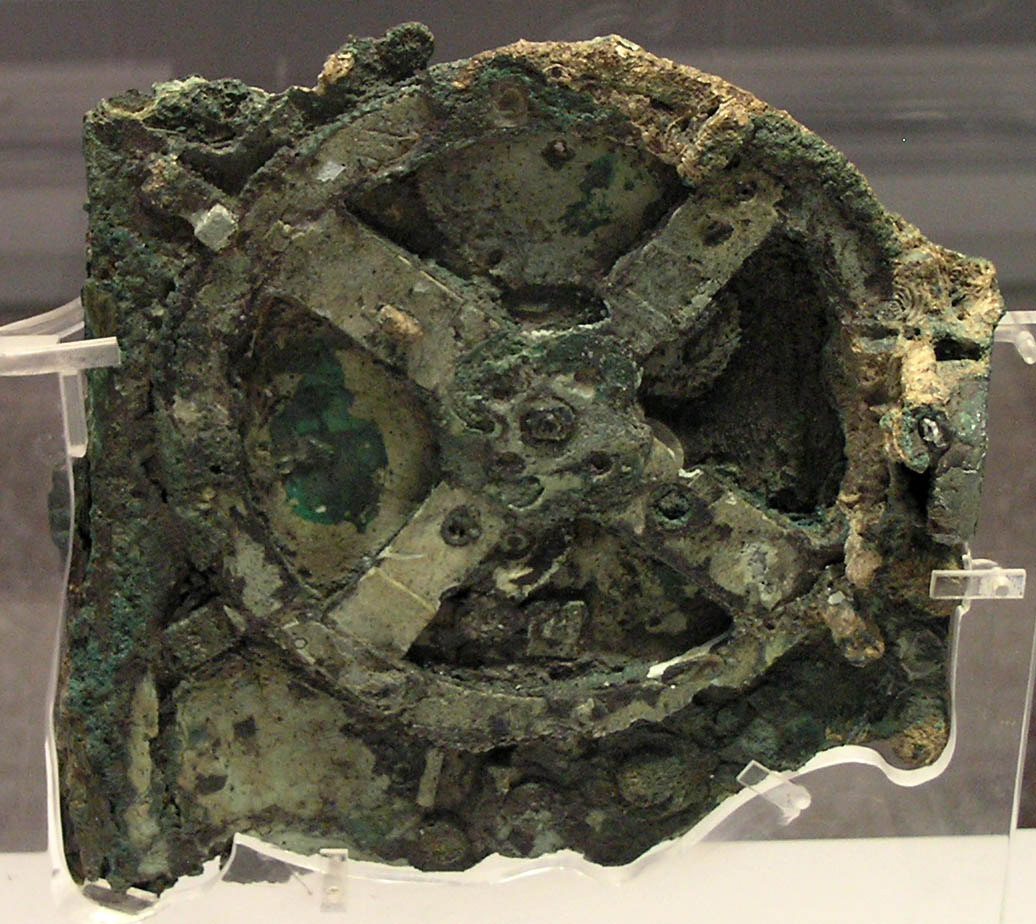An Ancient Computer, Now Recreated in Legos
In 1901, a group of deep-sea divers discovered a Roman shipwreck (from about 70 B.C.) near Antikythera, a small island off the southern coast of Greece. Among the treasures was a small rusted machine that once contained a sophisticated array of cogs and wheels. The purpose of this mysterious device, dubbed the Antikythera mechanism (pronounced anti-ki-THEER-a), would baffle scientists for the better part of the 20th century.

But recent developments in X-ray tomography – a system of imaging that uses waves of energy to reveal three-dimensional views of a target – have allowed researchers to capture detailed images of the Antikythera. They now believe it was created between 150-100 B.C. and used to predict a wide range of calendar events, from solar and lunar eclipses to the four-year cycle of the Olympic games.
Although several modern reconstructions (see left) of the Antikythera exist, designer and Lego aficionado Andrew Carol has recently decided to reincarnate the ancient Greek computer once again.
Just like the original Antikythera, the Lego version uses a complex arrangement of gears (illustrated in the video below) to track information such as the position of the sun and moon, and to foresee events like lunar and solar eclipses.
Want even more detailed information about how Carol made this marvel of Lego engineering? Check out his webpage, where he also showcases a Lego version of Charles Babbage’s Difference Engine.
Images:
The Antikythera Mechanism Research Project
Filed under: K-12 Education News, Special Features
Tags: Engineering in History, History, LEGOS









